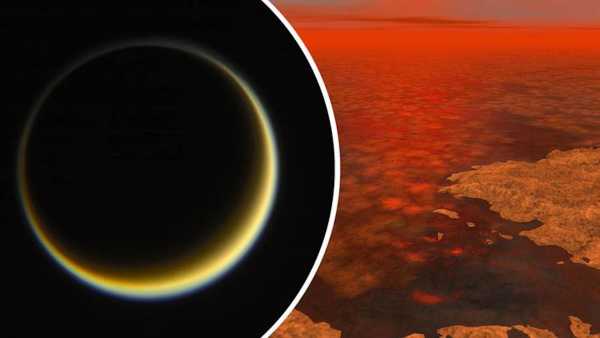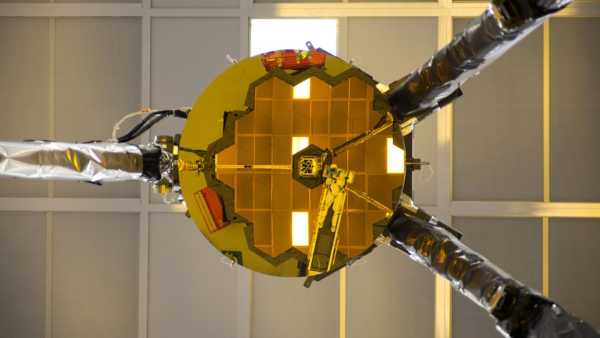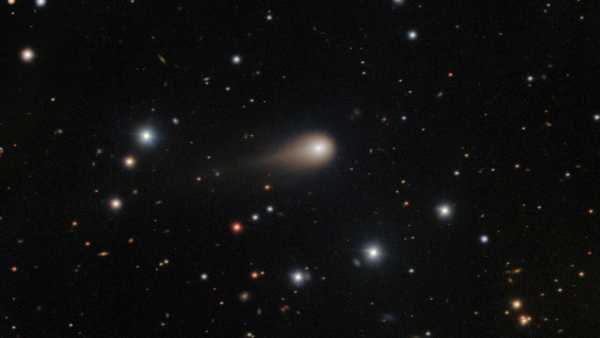
(Image credit: Gemini International Observatory/NOIRLab/NSF/AURA/Shadow the Scientist. Image processing: J. Miller and M. Rodriguez (Gemini International Observatory/NSF NOIRLab), TA Provost (University of Alaska Anchorage/NSF NOIRLab), M. Zamani (NSF NOIRLab))
A stunning new telescopic image has revealed the growing tail of interstellar comet 3I/ATLAS. The glowing limb is beginning to take shape as the icy interloper moves ever closer to the Sun on a one-way trip through the solar system.
3I/ATLAS is a comet about 11 kilometers in diameter, first spotted in early July. It is flying toward us from beyond the asteroid belt between Jupiter and Mars. Scientists quickly realized that this super-fast object did not originate in our cosmic neighborhood. Most likely, it was ejected by a distant star within the Milky Way and is now flying past us on its way through the galaxy. The comet’s exact place of origin is unknown, but preliminary data indicate that it is likely much older than the solar system.
On August 27, astronomers using the Gemini South telescope in the Chilean Andes captured a new, detailed image of Comet 3I/ATLAS, clearly revealing the comet’s tail for the first time. This trail of ice and dust is being blown away by the solar wind, a stream of charged particles emanating from the Sun. The tail is just beginning to emerge as the comet’s frozen shell, or nucleus, absorbs more and more solar radiation, causing it to eject more particles from its icy surface. The tail will continue to grow as the comet gets closer to the Sun in the coming months, eventually becoming several times wider than the comet itself.
You may like
-
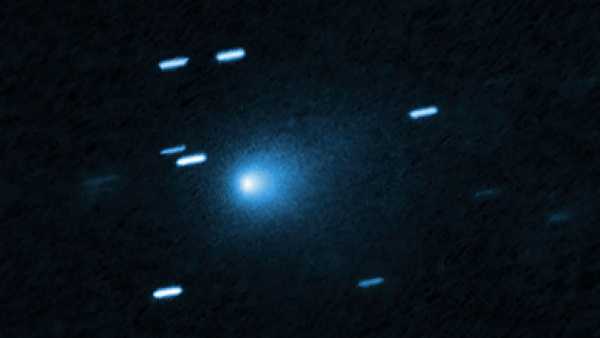
NASA's first observations have shown that Comet 3I/ATLAS is unusually “active.”
-
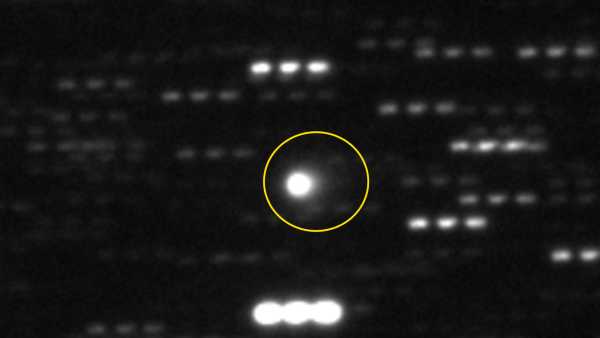
3I/ATLAS is 7 miles wide, making it the largest interstellar object ever observed, new images from the Vera C. Rubin Observatory show.
-
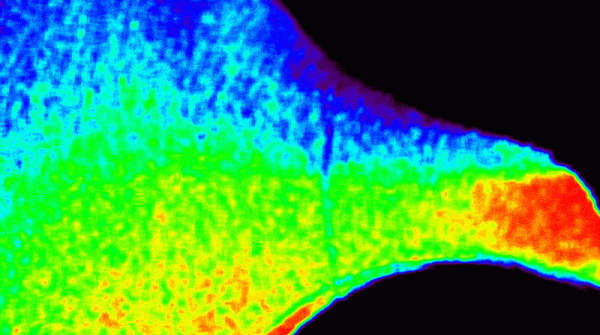
'Never seen before': First images from ISS's new solar telescope show subtle 'wobble' in the Sun's outer atmosphere
The new image also shows a fuzzy cloud of ice and dust surrounding the comet. This cloud, known as a coma, will continue to inflate as the comet warms up in the Sun. This will allow the comet to reflect more light, making it appear brighter in the night sky, although it will not be visible to the naked eye.
These classic cometary features provide further evidence that 3I/ATLAS is a natural object and not an extraterrestrial probe, as some scientists have controversially suggested with little to no supporting evidence.
3I/ATLAS is the third and likely largest interstellar object ever discovered. It follows the sightings of the mysterious object ‘Oumuamua in 2017, which was also misidentified as a potential alien spacecraft, and Comet Borisov in 2019, which also grew an impressive tail.
As Live Science's sister site Space.com recently reported, the current extrasolar object is hurtling toward the sun at more than 130,000 mph (210,000 km/h) and will make its closest approach to Mars next month, giving spacecraft orbiting Mars a better look at the comet and its tail.
The Growing Tail of Interstellar Comet 3I/ATLAS — YouTube

See more
Comet 3I/ATLAS will reach perihelion, its closest point to the Sun, on October 29. But it will be on the other side of our star, Earth, meaning we will lose sight of it at that time and may not see its tail at its peak. The comet will reach its closest approach to Earth in December, when it will come within 275 million kilometers of our planet – about 700 times farther than Earth is from the Moon – before beginning its long journey back out of the Solar System.
Astronomers are eager to study the object in as much detail as possible over the next year to learn more about its origins and how different star systems form and evolve. Recent observations from the James Webb Space Telescope indicate that 3I/ATLAS contains unusually high levels of water and carbon dioxide compared to other known comets. Additional images of the comet, including a detailed snapshot from the Hubble Space Telescope and a colorful image from the Gemini North telescope in Hawaii, have also shed light on its composition.
RELATED STORIES
— NASA's Hubble telescope has shown the most detailed photographs to date of the interstellar visitor 3I/ATLAS.
— Interstellar comet 3I/ATLAS turns into a giant “cosmic rainbow” in a psychedelic new telescope image.
— Watch the newly discovered 'interstellar visitor' 3I/ATLAS fly towards us in its first live broadcast
Each new image of the comet also serves as a constant reminder of this rare cosmic encounter.
“As 3I/ATLAS returns to the depths of interstellar space, this [new] image is both a scientific milestone and a source of wonder,” said Karen Mech, an astronomer at the University of Hawaii and a member of the Gemini Observatory team. “It reminds us that our solar system is just one part of a vast and dynamic galaxy, and that even the most fleeting visitors can leave a lasting mark.”

Harry BakerNavigate Social LinksSenior Staff Writer
Harry is a senior writer for Live Science based in the UK. Before becoming a journalist, he studied marine biology at the University of Exeter. He covers a wide range of topics, including space exploration, planetology, space weather, climate change, animal behaviour and palaeontology. His recent work on solar maximum won the 2024 Aerospace Media Awards in the Best Space Story category and was shortlisted for the 2023 NCTJ Awards for Excellence in the Breaking News category. He also writes Live Science’s weekly series Earth from Space.
You must verify your public display name before commenting.
Please log out and log back in. You will then be prompted to enter a display name.
Exit Read more
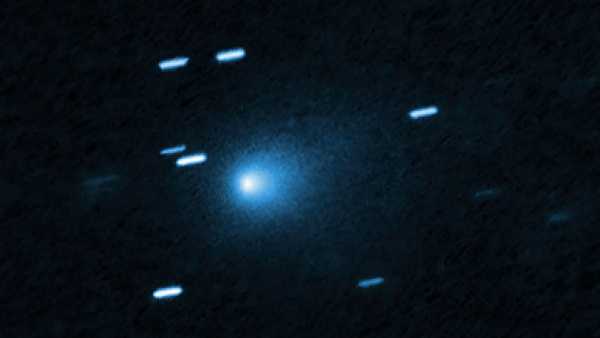
NASA's first observations have shown that Comet 3I/ATLAS is unusually “active.”

3I/ATLAS is 7 miles wide, making it the largest interstellar object ever observed, new images from the Vera C. Rubin Observatory show.

'Never seen before': First images from ISS's new solar telescope show subtle 'wobble' in the Sun's outer atmosphere
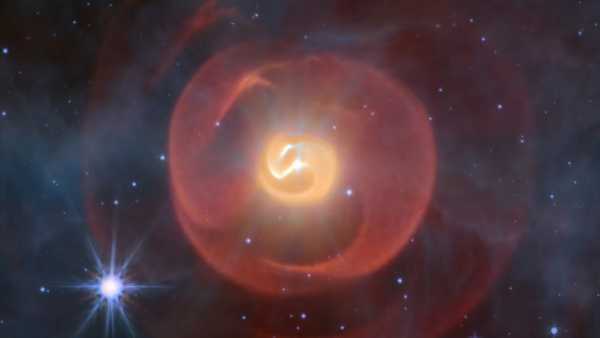
James Webb Telescope Captures Two Dying Stars Spilling Their Secrets
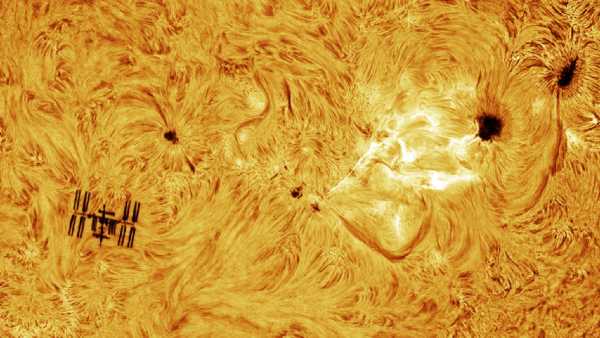
Astrophotographer Captures 'Unique' Photo of Solar Flare That Hit ISS
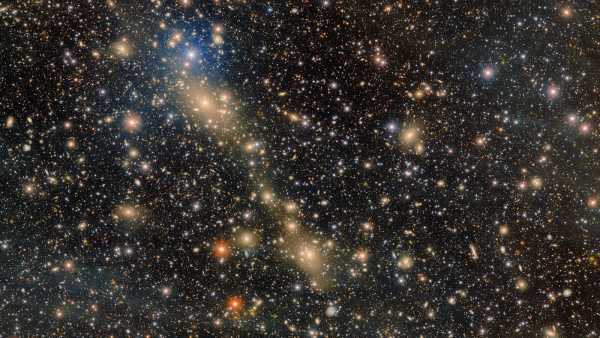
Scientists Capture Bridge of Wandering Stars Pulled from One Galaxy to Another. Latest Comet News
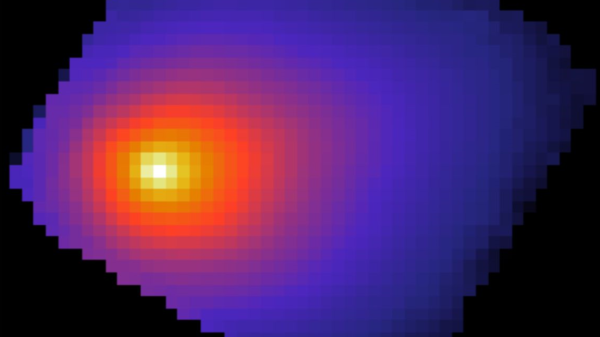
Images from the James Webb Space Telescope show that something strange is going on with the interstellar comet 3I/ATLAS.
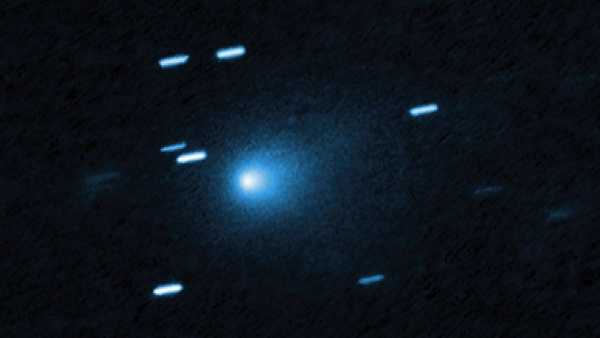
NASA's Hubble Space Telescope Releases Most Detailed Images to Date of Interstellar Visitor 3I/ATLAS
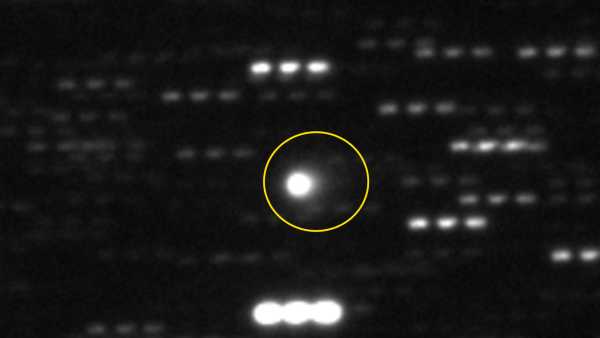
3I/ATLAS is 7 miles wide, making it the largest interstellar object ever observed, new images from the Vera C. Rubin Observatory show.
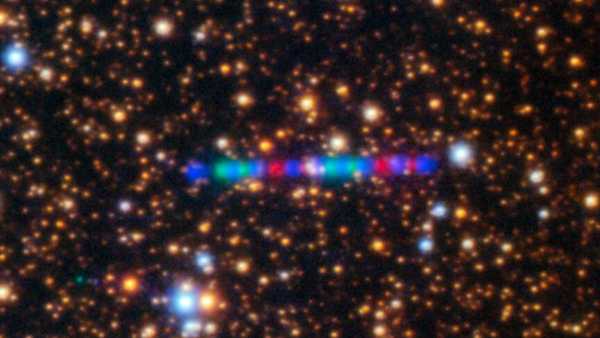
Interstellar Comet 3I/ATLAS Turns Into Giant 'Cosmic Rainbow' in New Psychedelic Telescope Image
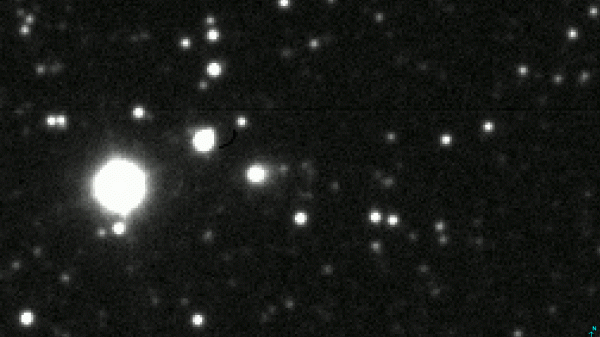
'Interstellar visitor' 3I/ATLAS may be the oldest comet ever observed – and it could develop an impressive tail this year.
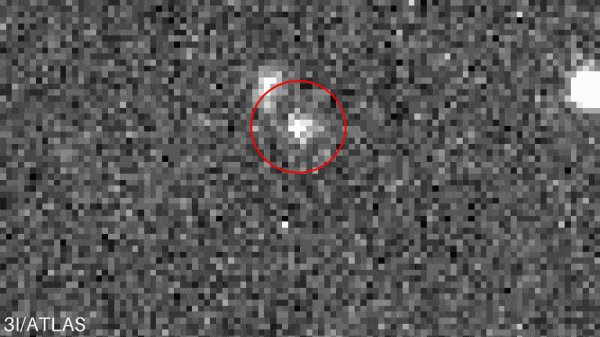
Astronomers are rushing to study our solar system's newest “interstellar visitor.” Here's why. Latest news

'Extraordinary' Roman Helmet from Decisive Battle Found in Sea Off Sicily
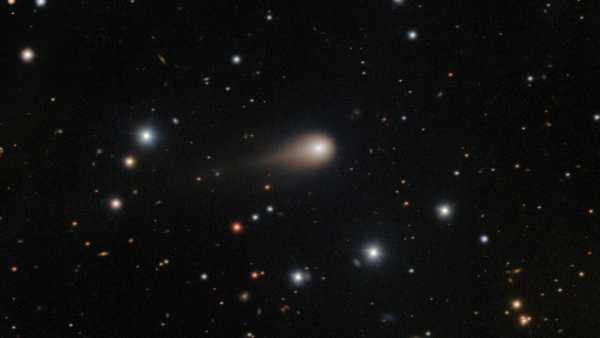
New photographs of comet 3I/ATLAS show its tail growing before our eyes.

Blood Moon Gallery: Stunning Photos from Yesterday's Total Lunar Eclipse

“I trust AI like a sailor trusts the sea. It can take you far, but it can also drown you”: Survey results show that the majority does not trust AI.

Study Finds Just One Dose of LSD Can Relieve Anxiety for Months
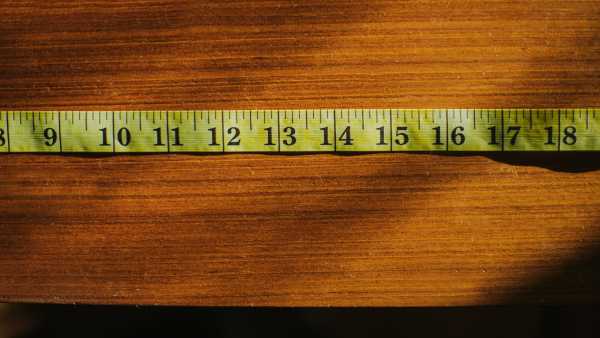
Extreme Thinness: Scientists Explore Why Some People Find It Hard to Gain Weight LATEST ARTICLES

1. An 'extraordinary' Roman helmet from the battle that ended the war has been found in the sea off the coast of Sicily.
Live Science is part of Future US Inc., an international media group and leading digital publisher. Visit our corporate website.
- About Us
- Contact Future experts
- Terms and Conditions
- Privacy Policy
- Cookie Policy
- Accessibility Statement
- Advertise with us
- Web Notifications
- Career
- Editorial Standards
- How to present history to us
© Future US, Inc. Full 7th Floor, 130 West 42nd Street, New York, NY 10036.
var dfp_config = { “site_platform”: “vanilla”, “keywords”: “type-news-daily,serversidehawk,videoarticle,van-enable-adviser-
Sourse: www.livescience.com


